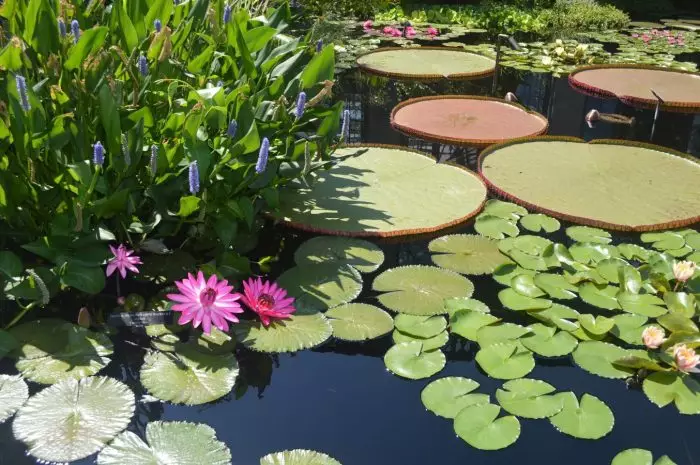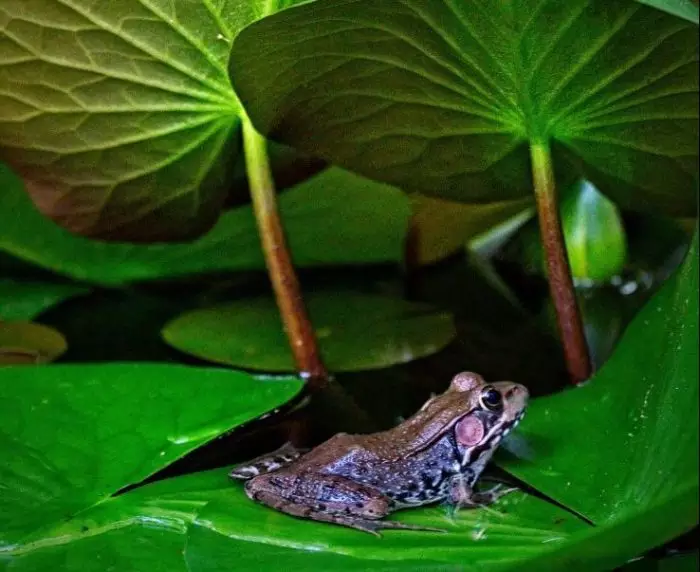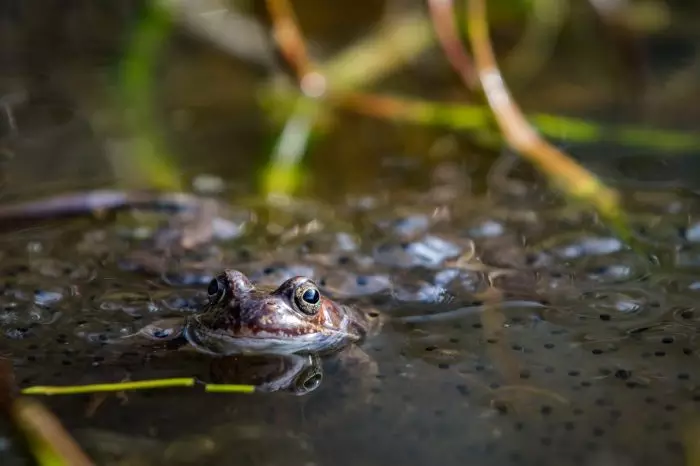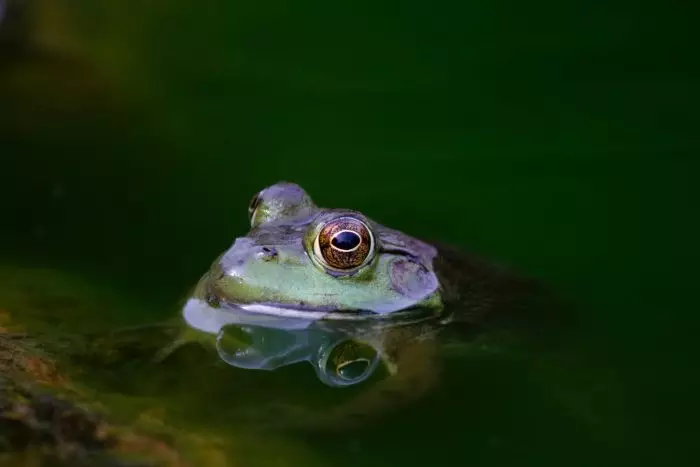Frogs and other amphibians play an essential role in our ecosystem. They not only eat pests such as mosquitoes but also provide food for animals such as birds and snakes. To attract frogs into your garden, you need to provide them with a reason to visit.
How to attract frogspawn into your garden
For frogs to visit your garden you will need to give them the habitat they need in order to survive. Once frogs have found a safe environment, they can live there for up to 14 years. This habitat must include somewhere for them to hide, breed, and eat. With these key components, you will soon see frogs appearing in your garden.
Step 1: Creating a wildlife pond
The first and most crucial step in seeing amphibians in your garden is creating a wildlife pond. A wildlife pond is an ideal location for frogs to live and breed. They need a still body of water that is multi-layered, with the deepest parts being around 60cm. The different depths ensure the frogs have somewhere to stay during all aspects of their life cycle.

Frog spawn is often found in shallow areas of a pond (roughly 20cm) as this space is the warmest and provides the most sunlight, leading to fast development. Frogs like deeper water so they can hide from possible predators. Make sure all levels in your pond are level, this will reduce the chances of the frog spawn falling into deeper areas of the water.
Top Tip: When creating a wildlife pond, do not use chemicals. If you choose to fill up your pond with tap water, consider using a product such as Chlorine Klear to remove the chlorine from the water.
Step 2: Providing shelter
It is important to add shelter in and around your pond, not only to allow frogs to get to the pond safely but so they remain safe once they are in the pond. This can be done by placing plants of different sizes in and around the pond. These plants can also protect frogspawn and tadpoles from predators such as newts. Place plant pots on their side in the surrounding area to provide protection for frogs on their journey toward the pond.

Oxygenating plants are the best varieties to add to your pond as they will not only benefit all wildlife in your pond but also contribute to the overall health of the pond.
Step 3: Keep predators away
Providing shelter should give frogs a fighting chance of surviving, but to increase their chances it is important to put methods in place to keep predators away. Even fish can be a predator to frogs and tadpoles, for this reason, it is best to keep them out of your wildlife pond.
If you have pets, such as dogs and cats, consider fencing off your wildlife area to keep them away. Alternatively, monitor your pets when you let them out into the garden.

Step 4: Build it and they will come
As tempting as it is to add frogs to your pond manually, it is not something you should do. Frogs are extremely talented at finding small bodies of water, be patient and frogs will come to your pond on their own. You can expect this to happen towards the begging of spring.

The benefits of having frogs in your garden
You may think frogs are abundant in the UK, unfortunately, this is far from the case. Due to a lack of habitat, their population is in rapid decline. Therefore you will not be the only ones benefiting from having frogs in your garden, you will provide them with a place to live and breed.
Having frogs in your garden will eliminate the need for chemicals. Frogs are fantastic predators, eating all flying prey, slugs, spiders, beetles and more. Not only will this keep your space pest free, but will decrease the chances of these pests spreading harmful diseases.
In the meantime, if you are struggling with slugs and snails, discover 8 natural slug and snail deterrents here.

 Call us on 01246 240880
Call us on 01246 240880 Sign-up and receive 10% off
Sign-up and receive 10% off
Are all of your products safe to use in ponds with tadpoles?